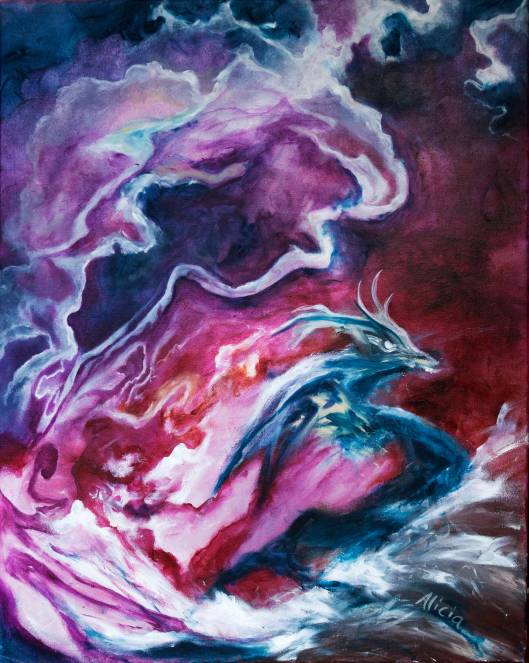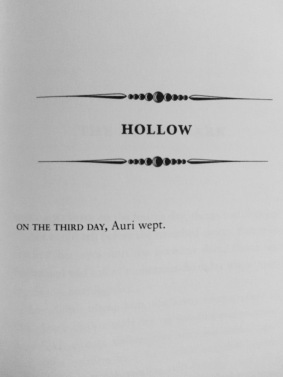Tags
books, fantasy, fiction, literature, Marisha Pessl, Neverworld Wake, reading, wine, young adult

And that’s a great thing because Marisha Pessl’s vision of an infinite time-loop, like some sort of hellscape-Groundhog’s Day on the bougie New England coast, sounds like my worst nightmare.
Neverworld Wake is a wild ride. It starts out very casual; 19 year Beatrice, still coming to grips with her boyfriend’s death the previous year, seeks closure and answers from the four friends she abandoned when Jim died. It ratchets into overdrive pretty quickly once she arrives at the estate where they’re all spending the night (yes, moneyed teenagers, this is still a thing).
Once at Wincroft, we’re introduced to a highly unlikely cast, complete with eccentric names (Cannon, Wit, Kipling, Martha. Honestly it’s bizarre that Bee’s dead love interest who is supposed to be so extraordinary has the most banal name). It’s awkward and no one wants to talk but they go out anyway. In a typical case of underage drunk driving, their convertible Jaguar careens off the road on a rain drenched Cape Cod cliff face.
Twist: They live! Kind of.
Twist: They’re all dead! Kind of.
They’re actually condemned to a rift in time called a Neverworld. They will live the same day over and over until they can unanimously vote on which one of them should live.
Pessl sets up each character to have both ghastly flaws and stunning virtues, and interweaves these qualities with the slowly unfolding story of how Jim died. Beatrice is convinced that discovering the truth will somehow help the whole group to navigate their way out of the Neverworld but the problem is that there doesn’t seem to be just one version of the story.
Through the book, the characters experience a macabre spectrum of madness. They get depressed, sometimes suicidal (but of course they’re already dead). They experiment with self harm, harming others, drugs, alcohol, heists, and holdups. When I wrote a blurb for my bookstore I said that this book made me want to hold up Gatsby on a party yacht then dive deep into a metaphorical ocean. This whole novel glitters darkly with the ways that money just exacerbates normal teenage problems and doesn’t shy from the fact that even young people can be driven to terrible lengths.
I don’t want to risk spoiling anything, so I’ll just say that I honestly didn’t see the ending coming and I was surprised over and over with each new shift in reality the characters faced. Though it’s categorized as YA, I think Neverworld Wake is a fun and fast paced read for lovers of speculative fic in all age groups.
The wine pairing for this one was tough but we eventually settled on something bubbly with just a little grit.
Face Nord is a Pehu Simonet Brut Grand Cru (none of these words mean anything to me guys, that’s why my sister picks the wines).
Haling from vineyards on the north-facing slope of the Montagne de Reims. The Pinot Noir aromas of this champagne lead to a highly vinous palate; round yet glossy and salty, with a ton of potential that tastes just like the wasted youth of Pessl’s cast of characters.
Drink up, read up, and enjoy!







